I will try to answer your question in a strictly math sense..
You will understand why the poor chap called the simulator is unable to find a solution here.
Your Circuit is as follows

Lets call the upper terminal A and the lower one B as shown in figure.
Now we know for your voltage source
\$ V_A - V_B = 1V \$
We also know from the resistor side that
\$ I = (V_A - V_B) / R \$
which is
\$ I= 1 \$
Now I can give you infinite number of \$ V_A \$ and \$ V_B \$
which still satisfy \$ V_A - V_B = 1 \$
For example
\$ V_A=5 \$ & \$ V_B=4 \$
still gives \$ V_A-V_B=1\$
and this is a valid solution.
Can you see why the simulator cannot solve it ?
Bcz there is no unique solution to \$ V_A \$ or \$ V_B \$ here.
All the voltage differences and currents are still defined..
But absolute voltages are not..
For absolute voltage to be defined ( and for ur simulator to throw a solution ).
You need a reference.
That reference is usually chosen as ground.
When you define either \$ V_A \$ or \$ V_B \$
then a unique solution exists.
General practice being..
make \$ V_B=0\$
We see that then the Solution for \$ V_A=1 \$
You Can force \$ V_B \$ to any other voltage.
Think of a even simpler situation:
Lets say that there is 20 storied building ( lets say that each floor is 10ft in height).
and lets say you are standing on the 12th floor of the building.
If someone asks you at what height you are standing..
What would your answer be ?
120ft ? Are you sure ?
What if the building is on Mt.Everest ( which itself is some 29000ft from sea level ) ?
Although you can say that from the 0th floor to you.. the difference is 120ft.
Although you can say that from the 1st floor to you.. the difference is 110ft.
You cant define your absolute height unless you know from where you are measuring.
If you are building is on Mt.Everest and your reference is Sea level.
then the height at which you are standing is 29000ft + 120ft.
If however your reference is the 0th floor, the height is 120ft.
I hope you understand the difficulty the simulator is facing.
Simulate the below two Circuits and you will understand what I am speaking of..
Zeroth floor being the reference :

Sea level being the reference :

All the best !!



